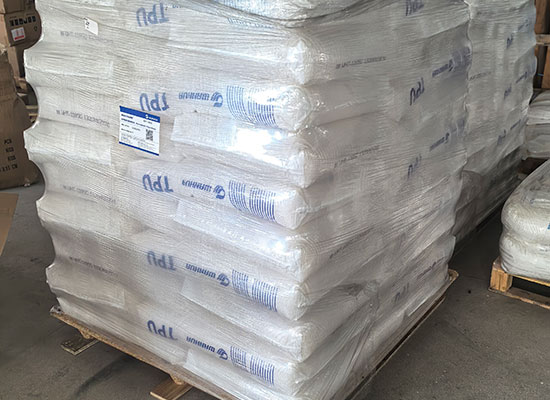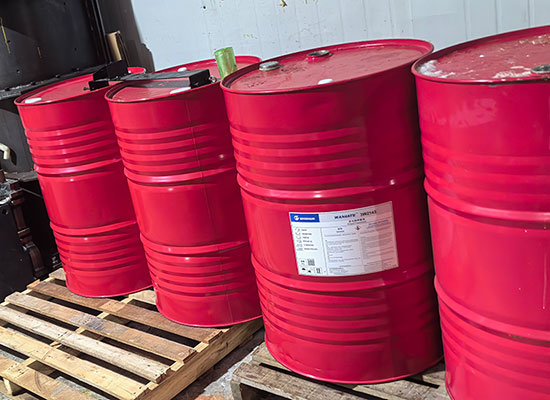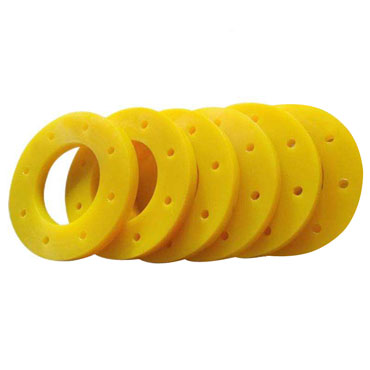Introduction to Polyurethane Elastomers
Polyurethane elastomers, often called the “fifth plastic,” are synthetic polymers positioned between rubber and plastic. These industrial polyurethane elastomers are valued for high strength, elasticity, wear resistance, shock absorption, and chemical stability, making them ideal for industries such as automotive, machinery, electronics, packaging, and industrial manufacturing.
They are widely used in polyurethane elastomer applications, including rollers, bushings, seals, and conveyor components, due to their durability and ability to withstand dynamic loads.
Types of Polyurethane Elastomers
1. Thermoplastic Polyurethane (TPU)
Characteristics:
- High wear and tear resistance;
- Excellent elasticity and mechanical strength;
- Oil and solvent resistance;
- Processable via injection molding, extrusion, or blow molding;
Properties:
- Hardness: Shore 60A – 98A;
- Tensile strength: >50 MPa;
- Elongation at break: 300–700%;
- Good low-temperature flexibility, weather, and aging resistance.

2. Thermosetting Polyurethane (CPU)
Characteristics:
- Excellent wear resistance and surface quality;
- High mechanical strength;
- Shock absorption and chemical stability.
Properties:
- Tensile strength: 20–50 MPa;
- Elongation at break: 300–800%;
- Hardness: Shore A 20 – Shore D 80;
- Operating temperature: -40°C to 120°C;
- Resilient with long-term durability.

Classification by Polyol Type
Polyester Polyols
Advantages: High strength, hardness, good oil and solvent resistance;
Limitations: Hydrolysis stability is relatively low due to ester bonds.
Polyether Polyols
Advantages: Excellent low-temperature flexibility, hydrolysis resistance, and mold resistance;
Properties: Low viscosity for easy processing, good air permeability, and hygroscopicity.
Classification by Isocyanate Raw Material
- MDI: High hardness, wear resistance, and low toxicity;
- TDI: Cost-effective, soft, elastic, may be volatile;
- IPDI: Excellent weather, hydrolysis, and yellowing resistance;
- PPDI: Outstanding heat resistance, high hardness, durable.
- NDI: Exceptional strength, dynamic performance, oil and heat resistance.
Polyurethane Elastomer AB Compound
Material A: Polyol component (polyester or polyether) + additives
Material B: Isocyanate component (MDI, TDI, etc.)
Mixing and curing these two components produces the final polyurethane elastomer, with performance influenced by polyol type, formulation ratio, and processing method.
How to Choose Polyurethane Elastomer Materials
Consider these factors when selecting materials for industrial polyurethane elastomer applications:
- Mechanical Performance: NDI or PPDI for high strength, MDI/TDI for general use;
- Temperature Resistance: PPDI/NDI for high temperatures, IPDI for flexibility;
- Chemical Resistance: MDI or PPDI for strong chemical exposure’
- Weather Resistance: IPDI for long-term outdoor use;
- Cost: TDI/MDI for budget-conscious applications;
- Dynamic Performance: NDI excels under repetitive loads;
- Processing & Production: Choose based on reaction activity and scalability;
- Environmental Requirements: Consider VOC emissions and toxicity
Conclusion
Understanding the types, raw materials, and properties of polyurethane elastomers allows manufacturers to select the right material for each application. Working with experts like Lisen Polyurethane Products ensures high-quality, durable, and customized polyurethane elastomer solutions tailored to industrial needs.



